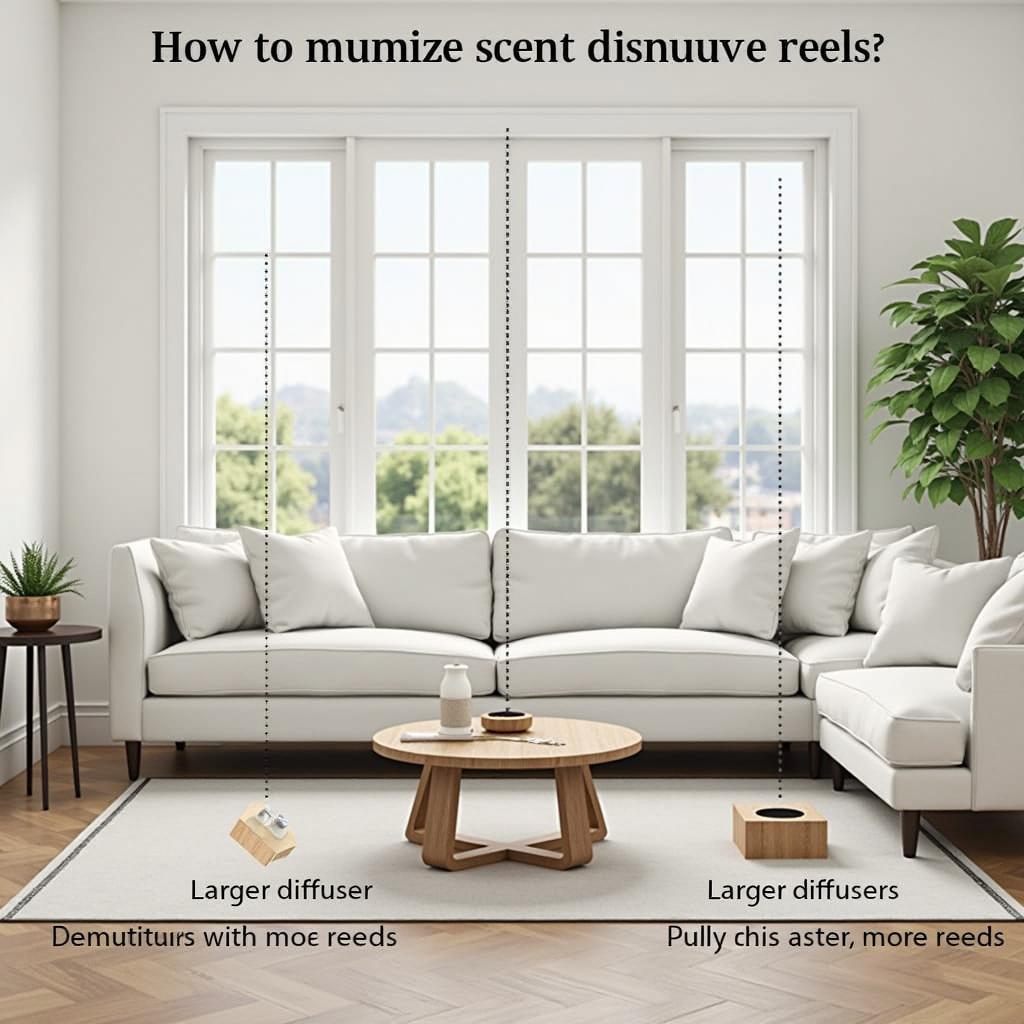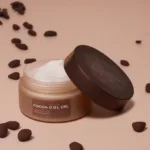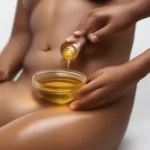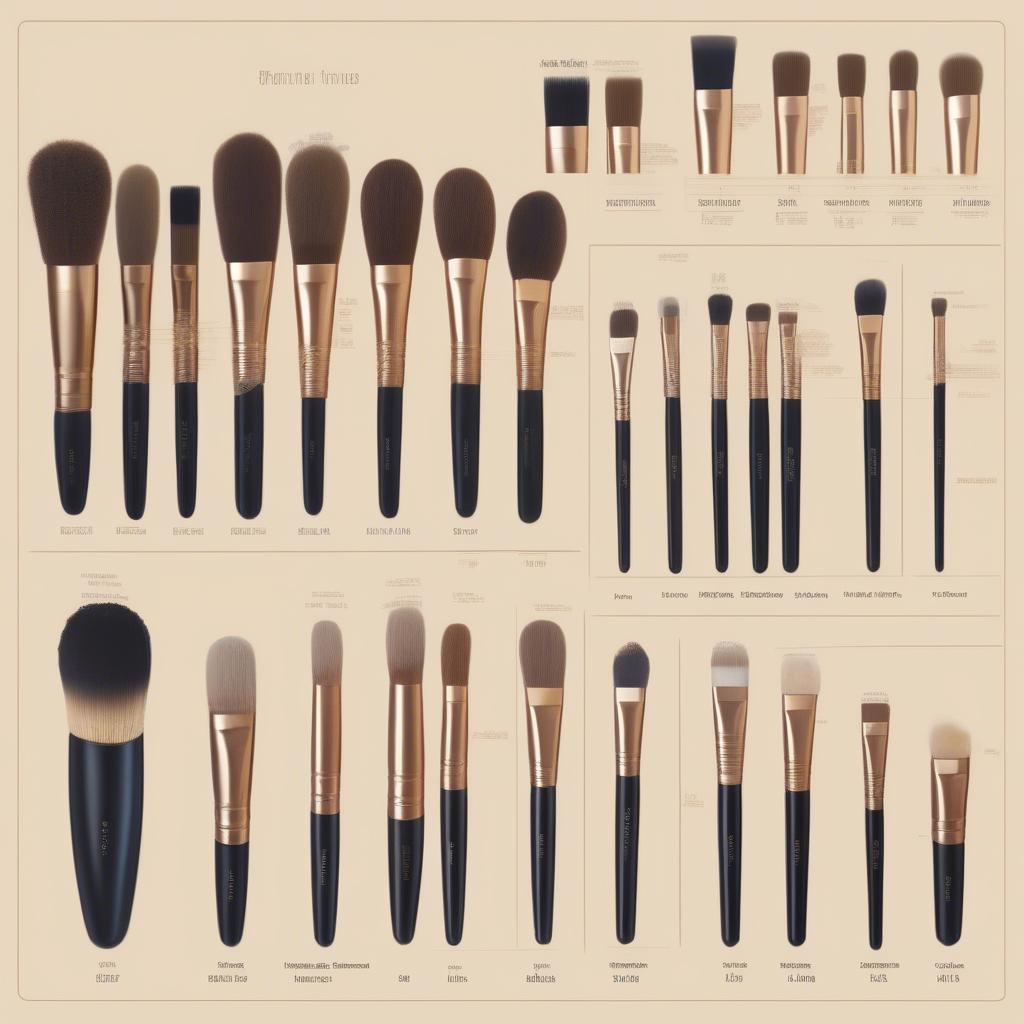
Mastering the Rounded Brush: A Comprehensive Guide
- AmazoniaSilva
- Tháng 12 12, 2024
- Zodiac signs
- 0 Comments
Rounded Brushes are essential tools for any artist, regardless of their medium. From delicate watercolor washes to bold acrylic strokes, the rounded brush offers versatility and control that are hard to match. Understanding the nuances of rounded brushes—their various shapes, sizes, and bristle types—can significantly elevate your artistic practice. This guide delves into the world of rounded brushes, offering insights to help you choose the right brush and maximize its potential.
Understanding the Different Types of Rounded Brushes
Rounded brushes come in a wide array of shapes and sizes, each designed for specific purposes. Let’s explore some of the most common types:
- Round Pointed: These brushes have a sharply pointed tip, ideal for fine details, delicate lines, and controlled washes. They excel in creating intricate textures and precise markings.
- Round Full: These brushes have a fuller, more rounded belly, perfect for laying down washes, blending colors, and creating broader strokes. They are versatile for both detailed work and larger areas.
- Mop Brush: Mop brushes are characterized by their soft, absorbent bristles, perfect for creating smooth washes and blending large areas of color. They are excellent for watercolor and ink painting.
- Filbert: Filbert brushes have a rounded, oval shape, which makes them ideal for creating both rounded and slightly flattened strokes. They are versatile for blending and creating a variety of textures.
 Different Types of Rounded Brushes
Different Types of Rounded Brushes
Choosing the Right Rounded Brush for Your Needs
Selecting the perfect rounded brush depends on several factors, including your chosen medium, the desired effect, and your personal preference. Here are a few key considerations:
- Bristle Material: Synthetic bristles are generally more durable and easier to clean, making them ideal for acrylics and other water-based media. Natural hair bristles, such as sable or hog, offer excellent paint holding capacity and a softer feel, making them preferred for oils and watercolors. Consider a round soft brush for delicate blending.
- Brush Size: Brush sizes are typically numbered, with smaller numbers indicating smaller brushes. Smaller brushes are best for details and fine lines, while larger brushes are better suited for washes and covering larger areas.
- Handle Length: The handle length affects your control and reach. Shorter handles offer more precision for detailed work, while longer handles are suitable for broader strokes and working at a distance.
Techniques for Using a Rounded Brush
Mastering the rounded brush involves understanding various techniques to achieve different effects. Here are a few essential techniques to explore:
- Varying Pressure: Applying different levels of pressure to the brush allows you to create a variety of stroke widths, from thin lines to broad washes.
- Twisting and Turning: Rotating the brush while applying paint can create interesting textures and variations in stroke thickness.
- Lifting and Dabbing: Lifting the brush quickly creates a textured, broken stroke, while dabbing the brush creates a stippled effect. Circular brushes](https://cuopbien.net/circular-brushes/) can also be used for this effect.
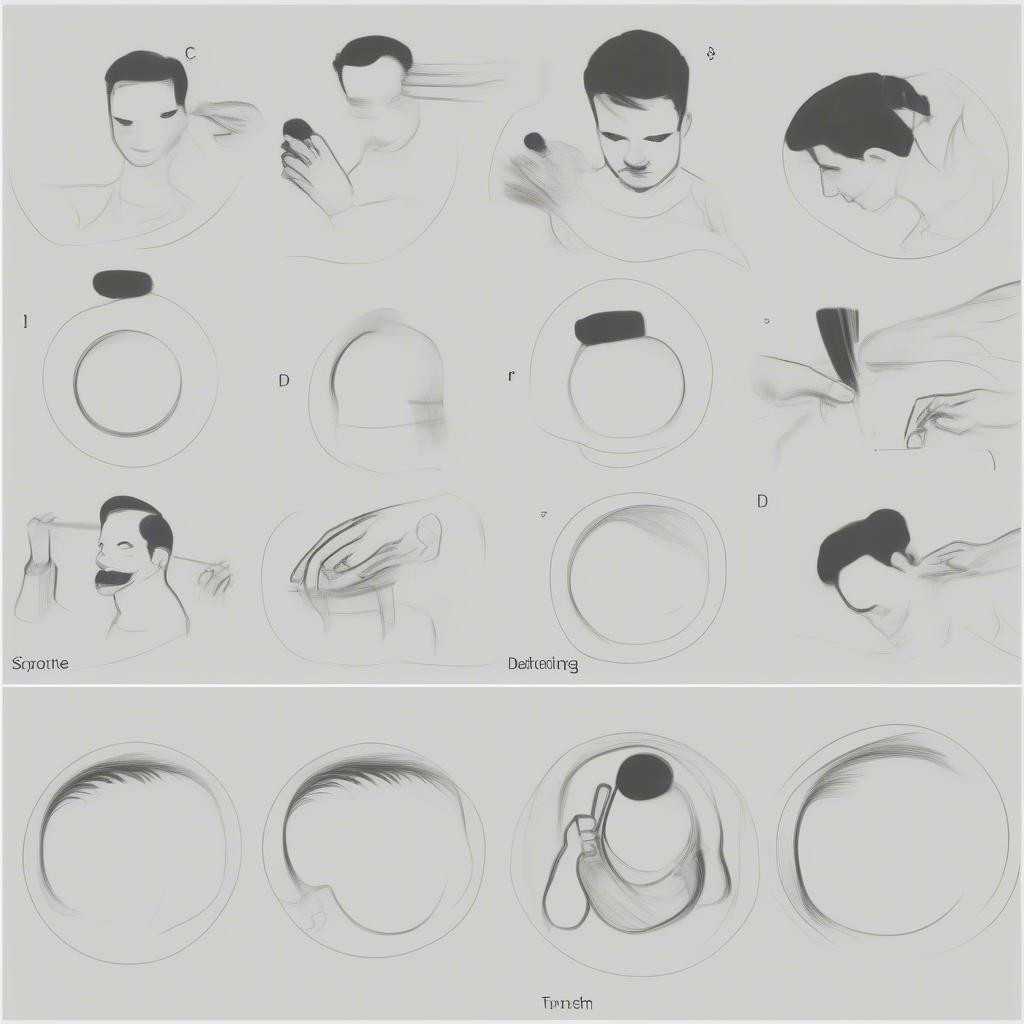 Rounded Brush Techniques
Rounded Brush Techniques
Remember, practice is key to mastering any artistic tool. Experiment with different rounded brushes and techniques to discover what works best for you. Perhaps a brush sigma f80 would suit your needs.
Rounded Brush Care and Maintenance
Proper care and maintenance will ensure the longevity of your rounded brushes. Always clean your brushes thoroughly after each use, using the appropriate cleaner for your chosen medium. Reshape the bristles and allow them to dry completely before storing.
Conclusion
The rounded brush is a fundamental tool in any artist’s arsenal. By understanding its diverse forms, choosing the right brush for the task, and mastering various techniques, you can unlock a world of creative possibilities. From fine details to expressive washes, the rounded brush allows you to bring your artistic vision to life. Consider a detangler paddle brush for a different application of a similar shape.
FAQ
- What is the best rounded brush for beginners?
- How do I clean my rounded brushes?
- What is the difference between a round pointed and a round full brush?
- Can I use a rounded brush for oil painting?
- What are the best bristle materials for a rounded brush?
- How do I choose the right size rounded brush?
- What are some common mistakes to avoid when using a rounded brush?
If you need further assistance, please contact us at [email protected] or visit our office at Fifth Avenue, 34th Floor, New York, NY 10118, USA. We have a 24/7 customer support team ready to help. red kiss brush might also interest you.
